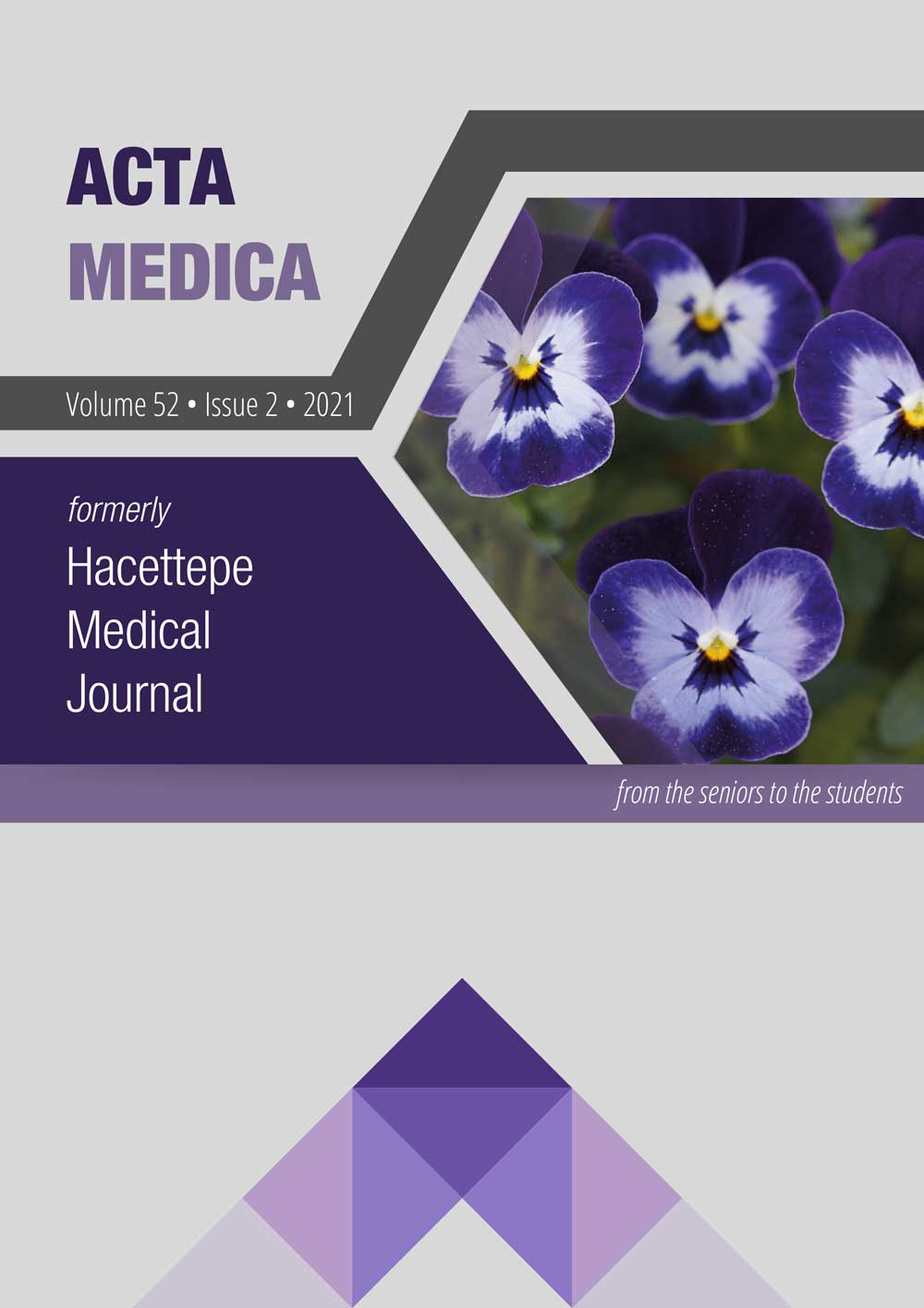A Review of Traumatic Axonal Injury
DOI:
https://doi.org/10.32552/2021.ActaMedica.467Abstract
Traumatic brain injury is a major cause of mortality and neurological disability worldwide and varies according to its cause, pathogenesis, severity and clinical outcome. This review summarizes a significant aspect of diffuse brain injuries – traumatic axonal injury – important cause of severe disability and vegetative state. Traumatic axonal injury is a type of traumatic brain injury caused by blunt head trauma. It is defined both clinically (immediate and prolonged unconsciousness, characteristically in the absence of space-occupying lesions) and pathologically (widespread and diffuse damage of axons). Following traumatic brain injury, progressive axonal degeneration starts with disruption of axonal transport, axonal swelling, secondary axonal disconnection and Wallerian degeneration, respectively. However, traumatic axonal injury is difficult to define clinically, it should be considered in patients with Glasgow coma score < 8 for more than six hours after trauma and diffuse tensor imaging and sensitivity-weighted imaging MRI sequences are highly sensitive in its diagnosis. Glasgow coma score at the time of presentation, location and severity of axonal damage are prognostic factors for clinical outcome.


